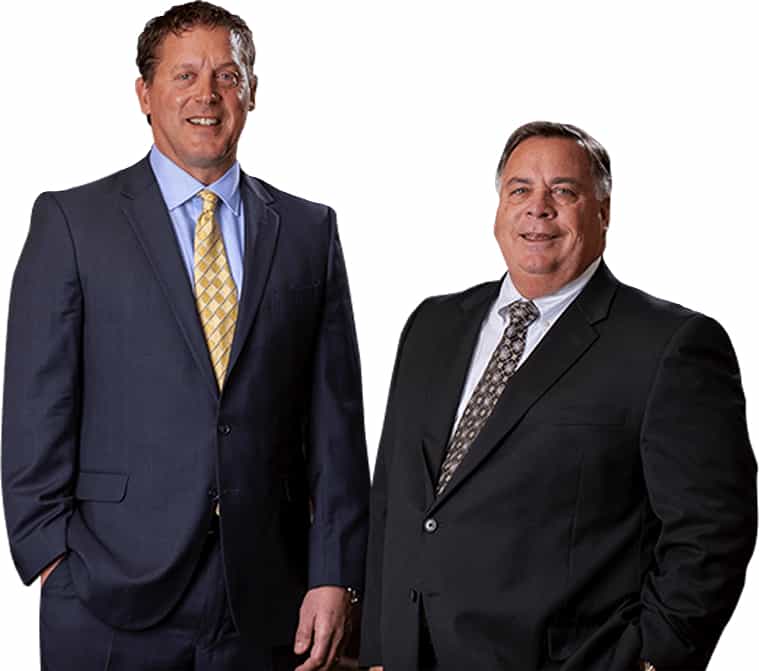Car crashes often result in various types of injuries, with fractures being the most common. The high-impact forces involved in vehicle collisions can cause significant trauma to the body, leading to fractures in different bones. As a Florida motorist, understanding the common fractures that occur after a car crash and seeking proper treatment is crucial for promoting the fastest recovery possible.
Femur fractures
The femur, the largest bone in the body, can sustain fractures during motor vehicle accidents. These fractures often occur due to the tremendous force applied to the leg upon impact.
Femur fractures can be extremely painful and require immediate medical attention. Treatment usually involves surgery to realign and stabilize the bone using implants like rods or screws.
Tibia and fibula fractures
The tibia (shinbone) and fibula (calf bone) are also vulnerable to fractures in car accidents as they are usually the first to absorb the impact force. The collision can cause these long bones to break, resulting in pain, swelling and difficulty walking. Treatment may include immobilization with casts, braces or sometimes surgical intervention, depending on how severe the fracture is.
Pelvic fractures
Pelvic fractures can range from stable fractures that may heal with conservative treatment to unstable fractures that require surgical intervention. These can be accompanied by internal injuries, and prompt medical attention is crucial to avoiding serious complications.
Rib fractures
Rib fractures can cause severe pain, difficulty breathing and potential damage to underlying organs. Treatment often involves pain management, rest, and stabilization with supportive devices like rib belts.
Clavicle fractures
The clavicle (collarbone) is vulnerable to fractures in car crashes, especially when individuals brace themselves during the collision. Clavicle fractures can cause pain and restrict arm movement, making everyday tasks challenging for sufferers. A doctor can treat a clavicle fracture by immobilizing the area with slings or surgery to realign and stabilize the bone.
Hand and wrist fractures
The hands and wrists can sustain fractures when the vehicle occupants instinctively reach out to brace themselves during a road incident. Fractures in the hand or wrist may require casting, splinting or surgery, depending on the specific fracture pattern and severity.
Getting on the road to recovery from fractures
Diagnostic imaging, such as X-rays or CT scans, can help identify fractures and guide treatment decisions. Following the prescribed treatment plan, attending follow-up appointments and engaging in proper rehabilitation exercises are essential for optimal recovery. By prioritizing your well-being and adhering to medical advice, motorists that suffer fractures can increase their chances of a successful recovery after experiencing bone breaks in a car crash.


